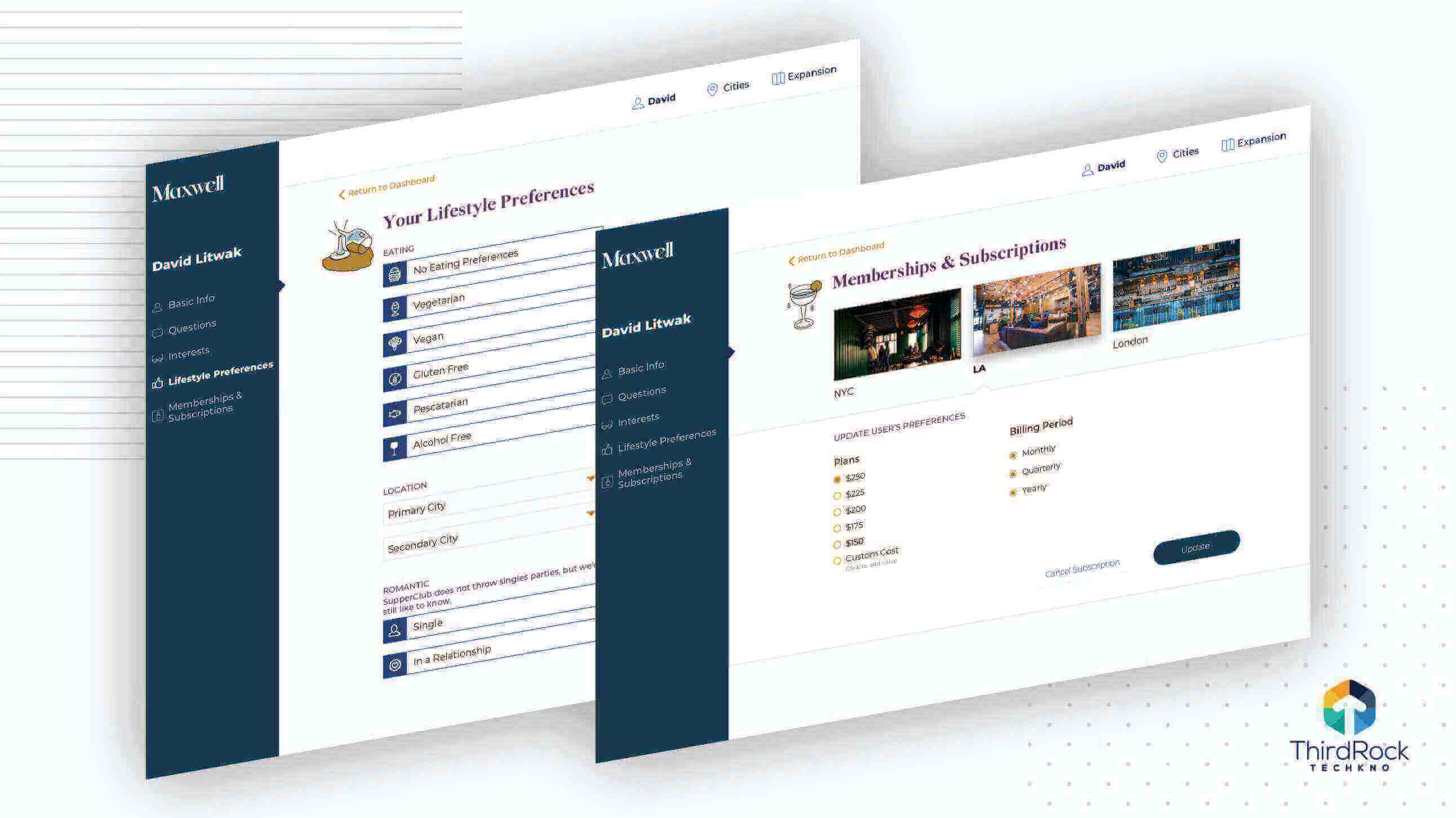WEB DEVELOPMENT
- ReactJS Development
- Angular Development
- VueJS Development
- Python Development
- Low Code Development
- .Net Development
MOBILE DEVELOPMENT
- Flutter Development
- FlutterFlow Development
- React Native Development
- IOS Development
- Android Development
- AR App Development
PRODUCT ENGINEERING
- DevOps
- DevOps Consulting
- CI/CD implementation
and management - Infrastructure as a Code
QUALITY ENGINEERING
- Software Testing
- Test Automation
- API Testing
- Microservices Testing
- Performance Testing
- Security Testing
CLOUD DEVELOPMENT
- AWS Development
- Azure Development
HIRE WEB DEVELOPER
- Hire Angular Developer
- Hire NodeJS Developer
- Hire ReactJS Developer
- Hire VueJS Developer
- Hire Python Developer
- Hire Laravel Developer
- Hire .Net Developer
HIRE MOBILE DEVELOPER
- Hire Flutter Developer
- Hire FlutterFlow Developer
- Hire React Native Developer
- Hire IOS Developer
- Hire Android Developer
- Hire AR App Developer
- Hire Ionic Developer
HIRE CLOUD DEVELOPER
- Hire AWS Developer
- Hire Azure Developer


Our ReactJS Development Services
- 1. Web application development
- 2. Interactive UI development
- 3. Custom component development
- 4. Mobile native app development
- 5. ReactJS Plugin Development & API Integration
Why Choose Us As Your ReactJS Development Company
Experienced Developers
Our highly-qualified Reactjs development experts specialize in building customized, creative, and highly-interactive web and mobile applications. Whether you are a startup or an SME, our experts will get the job done.

Trusted Delivery Methods
We employ the agile methodology to keep you in the loop. We adhere to the most efficient development best practices including code review, continuous integration, and seamless communication with the focus of delivering solutions that meet your business goals.
Transparent Work Approach
As a top-notch React development company in India, we provide complete project visibility right from the time you approach us with your needs. We use email, phone, Skype, Slack, and other mediums for regular communication with our clients.
Competitive Rates
We strongly believe in delivering more and spending less without jeopardizing quality. When it comes to our React JS development services we offer the most competitive rates on the market. Our personalized services meet the different budget needs of our clients from across the globe.
Customer Satisfaction
Our UI/UX designers, Reactjs web developers, quality analysts, and project managers – all strive for customer satisfaction. We deliver react js web development services that align with our clients’ needs.
Client Testimonials
Our WORK speaks louder than our WORD. Find out how we helped clients overcome challenges and succeed.

Smoovr
Very good communication at all stages. Always prompt to reply. Excellent quality of work. The team at Third Rock Techkno was communicative, responsive, and accommodating as they produced high-quality work.
Jonathan Wood, Smoovr
Ontime
It was a pleasure working with the TRT team. Prior to contracting this group, I had a system created that was absolutely terrible and poorly developed. I also worked with a few freelancers that couldnt cut it either. TRT was actually able to execute on our concept and have built a truly solid system for our company.

Karl Pierre, Ontime
Benefits Of ReactJS Development
Open Source
The open-source feature of ReactJS is beneficial for developers. Firstly, developers have full and free access. Secondly, the ReactJS library is constantly evolving and improving with inputs from developers all over the world. Thus ReactJS comprises the latest technological developments.
Stable Code
ReactJS allows systematic data binding. This ensures that any modifications in the child structures do not affect the parent structures. This feature simplifies the developer’s job, saving time and costs.
No Dependencies
ReactJS has a set of tools that make developers’ work quick and efficient including visualizing and debugging, editing states and properties.
Ability to Reuse Code
Developers need not develop a brand new code every time. ReactJS allows developers to reuse various code components at any given time.
Virtual DOM
An upgrade from the more time-consuming traditional DOM, Virtual DOM in ReactJS makes for a smooth UX and speeds up the developer’s work so that you can complete projects well in time.
Want to Hire a Resource to Work for you?
Hire Dedicated ReactJs DevelopersRecent ReactJS Development Blogs
Get the exact time and cost estimation of your project
Our business consultants and industry strategists will devise just the right scoping document to meet your unique project needs.
Schedule A Discovery Session











